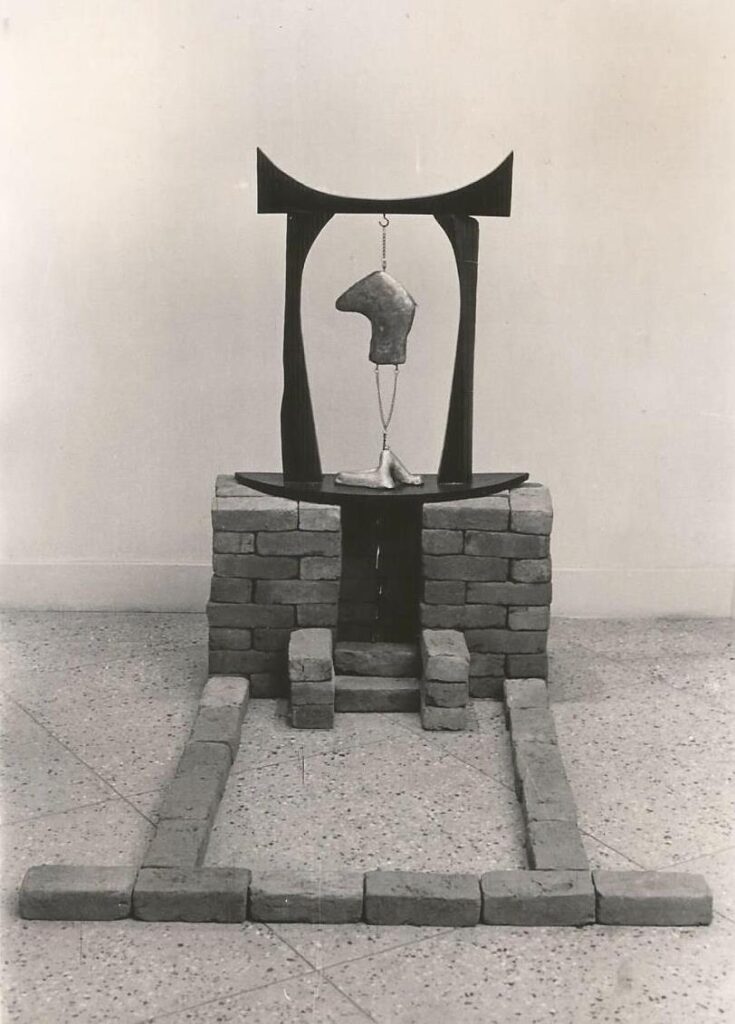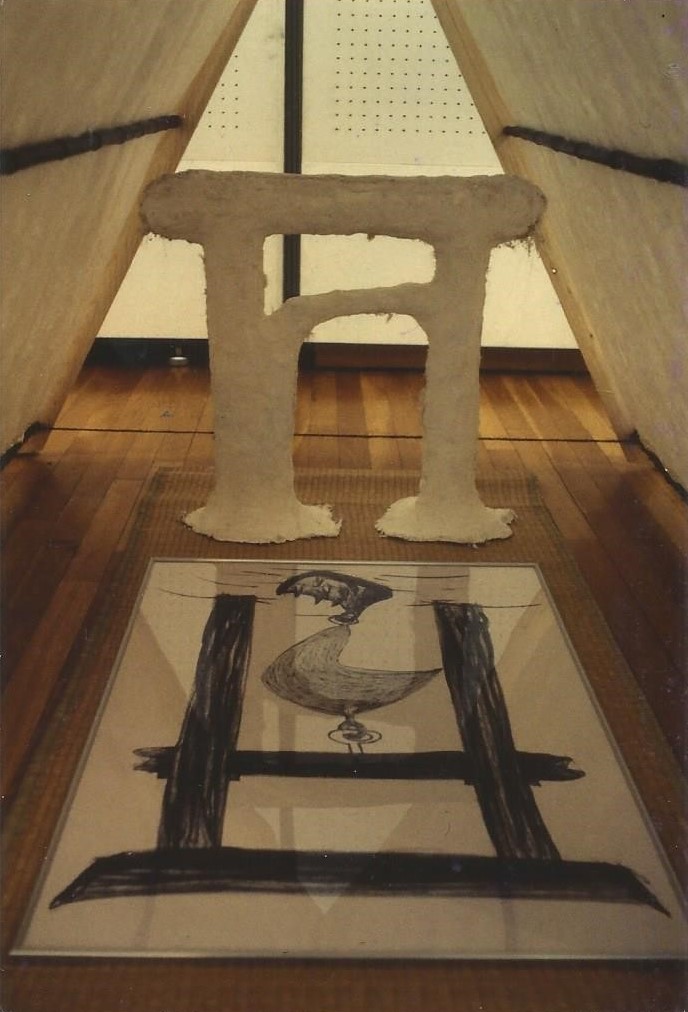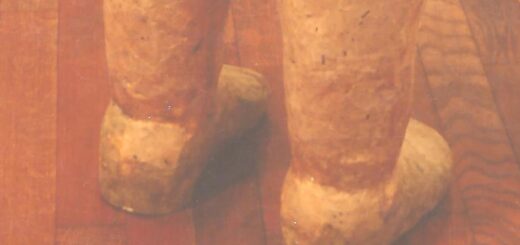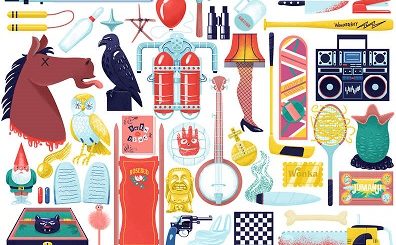Torii gateways and shadows/Archana Hebbar Colquhoun
Depicting the ephemeral shadow through three-dimensional form – Torii sculptures and Installations
Innovations in visual language that surfaced from my subconscious, which I discuss in this write-up relate to the play of light and shadows. In two-dimensional artworks, we can see how shadows are painted and how they form an integral part of the composition of the work. Pigments are used to delineate the space occupied by the shadow and the presence of the shadow in an artwork is invested with special meaning; namely, the dark shadow self lurking within and around an entity.
I was curious to find newer methods to depict a shadow using three dimensional form, by placing objects that have formal resemblance to the main object in the work in arrangements that are both playful as well as carefully considered so as to act as a novel visual device.
Below are two works of Torii installations in which I have tried to demonstrate alternative ways of depicting shadows.
Torii with a line of bricks constituting a shadow

When in the presence of light each solid object throws out a shadow.
The shadow is just a visual echo of the object and represents only the outer boundary of the form of the object. Within the flat, linear shape of the shadow no formal details are seen of the actual object.
The shadow is errant by its very nature. Presenting an object as a simple outline the shadow entirely erases the object’s rich surface content and replaces the textures of the object by the texture of the ground on which the shadow falls.
Torii sculpture displayed in a tent with a framed drawing acting as a shadow of the Torii sculpture

In each of the two works of the Torii gateway (shown above) the capricious shadow is embodied in material form. In one work the shadow is represented as a line of bricks imitating the form of the Torii displayed on a dry wall of bricks and in the other work (displayed inside a tent) the shadow is a framed drawing of a Torii lying flat on the floor, face up, at the foot of the tori sculpture. The shadows of the tori gateways in both works deviate from the form of the actual art object.
A shadow is an illusion with a life form of its own.










